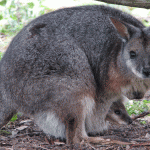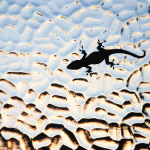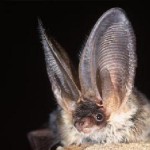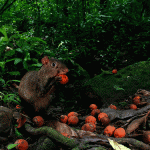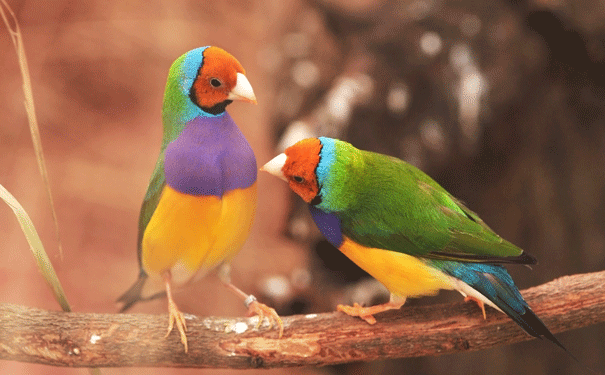
Red-headed finches are more likely to be aggressive. Image: bluehand/Shutterstock
Red-headedness may be an indicator of a fiery personality in finches.
Australia’s highly sociable Gouldian finches can be easily recognised from their bright purple chests, yellow breasts and their red, yellow or black heads. However, this bright plumage may not be just for show.
Scientists from Liverpool John Moores University in the UK have found that the finches seem to have different personalities according to their head colour. This research suggests that some social species could have behaviours that are related to their different colour morphs, according to Leah Williams, one of the authors of the study published in Animal Behaviour.
“An Australian researcher, Dr Sarah Pryke, showed that red-headed Gouldian finches were dominant over the other colours. So we wanted to go one step further and decided to see if the different head-colours were related to different personality traits.”
The different head colours appear to reflect the different behavioural tactics used by the finches. Red-headed birds appeared to be more aggressive, while finches with black heads appeared to be bolder and more inclined to take risks.
The researchers focused on three different personality traits — aggression, boldness, and risk taking behaviours. To determine how bold they were, the researchers presented the birds with grey or brown bundles of string while dangling from a perch.
The black-headed birds were quicker to investigate the unfamiliar object, approaching and touching the string before the red-heads. They were also quicker to return after being shown a cardboard cut-out of a predator such as a hawk suggesting that they were more prepared to take risks.
However, when two finches were presented with a feeder that only had room for one hungry bird, the red-heads were quicker to displace their rival or display threatening behaviour.
The finches may use this relationship to signal their behaviours to others, which could have social advantages in a flock. The different head colours could even allow them to choose who they associate with and who they’d prefer to avoid.
“The next step is to find out which birds associate with which,” Williams says. “Do reds hang out with reds or blacks and do they do better for that?”
Source: Natural Environmental Research Council

